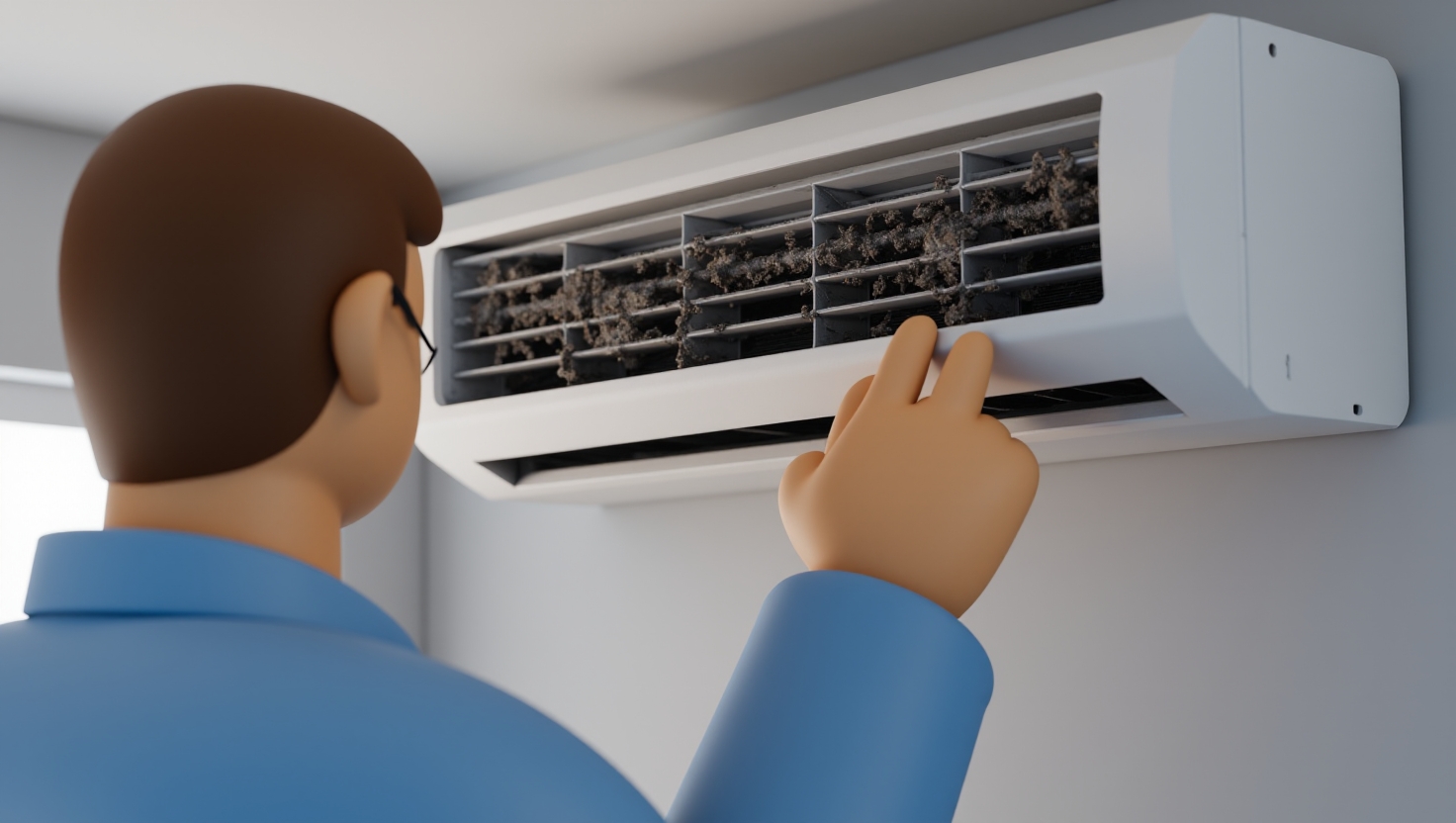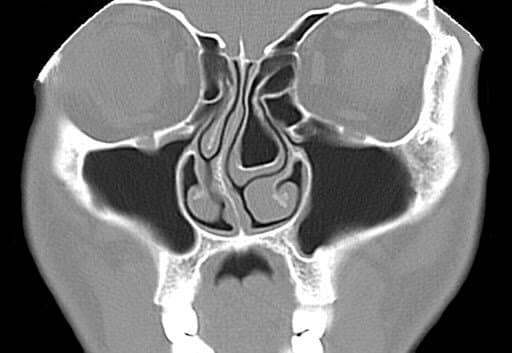How Mold Exposure Can Trigger Sinusitis
If you’ve ever experienced a stuffy nose or persistent sinus pressure, you might attribute it to a common cold or seasonal allergies. However, one often overlooked cause is mold exposure. Mold can play a significant role in recurring sinus problems. Sinusitis, the inflammation of the sinuses, is a common condition triggered by viruses, bacteria, allergens, and mold spores. Understanding how mold affects your sinuses is especially important if you suffer from frequent or chronic sinus discomfort.
In this article, we will explore what mold is, how it can impact your sinus health, symptoms of mold-related sinusitis, and practical ways to reduce exposure and protect your sinuses. By the end, you’ll be better prepared to identify potential triggers and manage your indoor environment for improved breathing.
What is Mold?
Understanding Mold and Mold Spores
Mold is a type of fungus that grows best in damp, humid environments. You may see mold as fuzzy, sometimes colorful patches in places like bathrooms, basements, or near leaky windows. Mold is more than just a cosmetic nuisance—it can affect indoor air quality and human health.
Mold reproduces by releasing thousands of tiny particles called spores into the air. These microscopic spores, measuring approximately 2 to 100 microns, can remain airborne for long periods, settle into dust, or float indoors and outdoors.
In susceptible individuals, inhaling mold spores can trigger immune responses, ranging from mild irritation to allergic reactions, depending on a person’s sensitivity and immune system. Some common molds linked to health concerns include Aspergillus, Penicillium, and Alternaria. These molds are frequently found in household dust, building materials such as drywall or wallpaper, and outdoor soil and vegetation, meaning exposure can occur year-round.
How People Are Exposed to Mold
Mold exposure happens in many everyday settings. Indoors, mold tends to grow where moisture accumulates, such as in poorly ventilated bathrooms, kitchens with leaks, damp basements, or attics with roof damage. Materials like wallpaper, carpets, ceiling tiles, and HVAC systems can harbor hidden mold colonies that continuously release spores.
Examples include a leaking pipe under a sink, water damage behind walls, or condensation in window frames, all creating hidden mold hotspots affecting your living space.
Outdoors, mold levels increase during moist spring and fall seasons. Activities like raking leaves, gardening, or walking through wooded areas can stir up mold spores and increase inhalation risk.
Occupational exposure is higher for people working in old or water-damaged buildings, humid environments, or poorly maintained homes.
Mold & Sinus Health
How Mold Exposure Affects the Sinuses
The link between mold and sinusitis begins when mold spores enter your nasal passages. Your sinuses are air-filled cavities lined with delicate mucous membranes that filter, warm, and humidify air. When mold spores deposit on these membranes, they may provoke your immune system to react, especially in susceptible individuals.
This immune response causes inflammation and swelling of sinus tissues, leading to sinusitis. Swelling can block sinus drainage pathways, trapping mucus and creating conditions for pain, congestion, and secondary infections.
While many sinus infections are viral or bacterial, mold-induced inflammation may contribute to persistent or recurrent symptoms. It is important to note that mold is one of multiple possible causes of chronic sinusitis and may not be the sole factor for everyone.
Causes of Mold-Induced Sinusitis
Why does mold provoke sinusitis in some people but not others? Individual sensitivity plays a key role. People with allergies, asthma, or compromised immune systems may experience stronger reactions to inhaled spores.
Mold spores act as both irritants and allergens. When inhaled, they can inflame sinus linings, resulting in chronic sinusitis — sinus inflammation lasting more than 12 weeks and sometimes persisting for months or years. However, chronic sinusitis is often multifactorial, and mold exposure is just one possible contributing factor.
In rare cases, fungi can colonize sinus cavities, causing fungal sinusitis. This condition typically occurs in people with specific risk factors, such as immunocompromise, and usually requires specialized medical treatment.
People with underlying respiratory conditions—like asthma, allergic rhinitis, or immune disorders—are particularly vulnerable. Mold exposure can trigger new sinus issues or exacerbate existing respiratory problems.
Note: The following expert quotes are illustrative to aid understanding.
Dr. Susan Lee, allergist, explains, “For patients with chronic sinus problems, unrecognized mold exposure may silently hinder treatment effectiveness. Managing the environment is as critical as symptom relief.”
Symptoms of Mold-Related Sinusitis
If you suspect mold may be affecting your sinuses, look for symptoms similar to other sinus infections, but with some distinct features:
- Persistent or worsening nasal congestion or stuffiness, especially after mold exposure
- Facial pain or pressure around cheeks, eyes, or forehead
- Variable-intensity headaches
- Post-nasal drip, causing throat irritation or coughing
- Persistent cough, often worse at night
- Fatigue or reduced sense of smell and taste
Unlike many viral colds, mold-induced sinusitis symptoms can linger for weeks and sometimes become chronic but typically without high fever seen in bacterial infections.
Because symptoms overlap with other causes, consult a healthcare professional if sinus issues last longer than 10 days, worsen after initial improvement, or present severe facial swelling, intense pain, or vision changes.
Treatment Options for Mold-Related Sinusitis
Treatment usually combines symptom management with reducing mold exposure.
Common medical approaches include:
- Antihistamines to manage allergic responses and decrease mucus
- Nasal corticosteroids to reduce inflammation and swelling
- Saline nasal rinses to clear spores, allergens, and mucus, supporting sinus hygiene
- In rare, confirmed fungal sinusitis cases, antifungal medications may be necessary
Environmental control is equally important. Inadequate reduction of mold exposure can cause symptoms to persist or worsen in susceptible individuals despite treatment.
For structural nasal issues like polyps or blocked sinuses, surgery may be recommended to improve drainage and reduce infection recurrence.
Dr. Michael Carter, ENT specialist, notes, “In stubborn mold-related sinusitis cases, combining surgery with rigorous environmental control offers the best chance for lasting relief.”
Prevention: Reducing Mold Exposure to Protect Sinus Health
Practical Tips to Limit Mold Growth Indoors
Preventing mold growth at home is the most effective way to reduce mold-triggered sinus issues:
- Keep indoor humidity below 50%. Use a dehumidifier, especially in damp areas like basements or in humid climates.
- Fix leaks promptly. Address leaks from faucets, roofs, windows, or pipes immediately to prevent mold growth behind walls or floors.
- Use exhaust fans in bathrooms and kitchens during and after moisture-generating activities to control humidity.
- Promote good ventilation by opening windows when weather allows and using fans or air circulators to maintain airflow.
Regular cleaning helps minimize mold: scrub bathroom tiles, remove visible mold with appropriate cleaners, and replace mold-contaminated materials like carpets or ceiling tiles as needed.
Lifestyle Tips for Individuals Sensitive to Mold
For those with mold allergies or frequent sinus problems, additional precautions include:
- Regular cleaning with HEPA-filter vacuums and damp dusting to reduce dust and spores
- Use HEPA air purifiers in commonly used rooms to trap airborne spores
- Limit outdoor activities during peak mold seasons (usually fall and after rain). Monitoring local mold counts can help guide precautions
- Address symptoms early using nasal saline rinses or allergy medications as directed by your healthcare provider
Tracking symptoms alongside environmental factors can help you and your doctor identify mold as a possible trigger.
Frequently Asked Questions (FAQs)
Can mold exposure cause sinus infections in everyone?
No. While mold is a common trigger for sinusitis in susceptible individuals, many people do not experience significant reactions to mold spores. Those with allergies, asthma, or weakened immune systems are more prone.
How quickly do symptoms appear after mold exposure?
Symptoms can develop within hours in highly sensitive individuals, while others may require days or weeks of ongoing exposure before noticing sinus issues.
Are there tests to confirm mold-induced sinusitis?
Diagnosis mainly relies on clinical history and exposure assessment. Allergy testing and sinus imaging support evaluation. In select cases, sinus cultures may be taken if fungal infection is suspected.
What home remedies help relieve mold-related sinus symptoms?
Saline nasal rinses, warm compresses, and maintaining a clean, mold-free environment often provide relief. Always consult your healthcare provider before starting new treatments.
Is mold-induced sinusitis contagious?
No. It is related to an individual’s immune response to environmental mold, and it cannot be transmitted person to person.
Conclusion
The relationship between mold and sinusitis illustrates how environmental factors affect sinus health. For susceptible people, mold spores can trigger chronic inflammation, leading to persistent and uncomfortable sinus symptoms. Recognizing these signs, seeking appropriate medical care, and addressing mold exposure can significantly improve sinus health and quality of life.
If you suspect mold exposure is affecting your sinuses, take steps to identify and reduce the source. Consult a qualified healthcare provider for diagnosis and personalized treatment.
By maintaining a clean, well-ventilated, and mold-free living space, you can breathe easier and lower the risk of ongoing sinus infections.
Ready to take control of your sinus health? Book an appointment with a specialist today at Sleep and Sinus Centers.
Please note this link is provided for informational purposes and does not constitute medical endorsement.
References
- Ear & Sinus Institute. “Can Mold Cause Sinus Infections?” https://earandsinusinstitute.com/can-mold-cause-sinus-infections
- Cleveland Clinic. “Fungal Sinusitis (Fungal Sinus Infection).” https://my.clevelandclinic.org/health/diseases/17012-fungal-sinusitis-fungal-sinus-infection
- Journal of Asthma and Allergy. “Fungal Sinusitis and Its Impact on Respiratory Health.” https://pmc.ncbi.nlm.nih.gov/articles/PMC8005363
- Mayo Clinic. General information on sinusitis and mold exposure.
This article is for educational purposes only and is not medical advice. Please consult a qualified healthcare provider for diagnosis and treatment.
Don’t let allergies slow you down. Schedule a comprehensive ENT and allergy evaluation at Sleep and Sinus Centers of Georgia. We’re here to find your triggers and guide you toward lasting relief.





